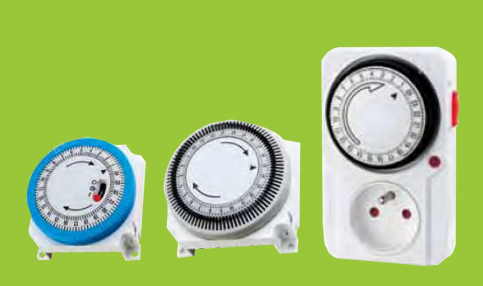A timer’s function isto measure and manage the passage of time by counting down from a set duration, or to trigger an event after a specified time has elapsed. This can involve starting and stopping processes, triggering alarms, or controlling electrical switches.
Core functions of a timer:
-
Time Measurement:A timer measures a specific time interval. For example, an hourglass measures a set duration, and a digital timer counts down from a user-defined time.
-
Action Trigger:At the end of the set time, a timer can trigger an action, such as sounding an alarm or sending a signal to start or stop another device.
-
Control:Timers are used to control when a process starts, stops, or repeats. This is useful for automation, like scheduling tasks in a computer or controlling a production line.
-
Delaying:A timer can introduce a delay before an action is performed. For instance, a timer can prevent a process from restarting until a certain amount of time has passed after it completes.
Examples of timer functions:
-
In a kitchen:An egg timer counts down to a specific cooking time.
-
In a computer:A hardware timer counts down and triggers an interrupt to the CPU, which the operating system uses to schedule tasks and keep track of time.
-
In industrial automation:A timer can control the duration that a machine operates on a production line.
-
In programming:Functions like those in JavaScript or Microsoft’s VBA can be used to execute code after a specific delay or to pause an application.
-
As a time switch:This type of timer controls an electric switch, turning appliances on or off at set times to save energy or enhance safety.
Post time: Oct-29-2025


